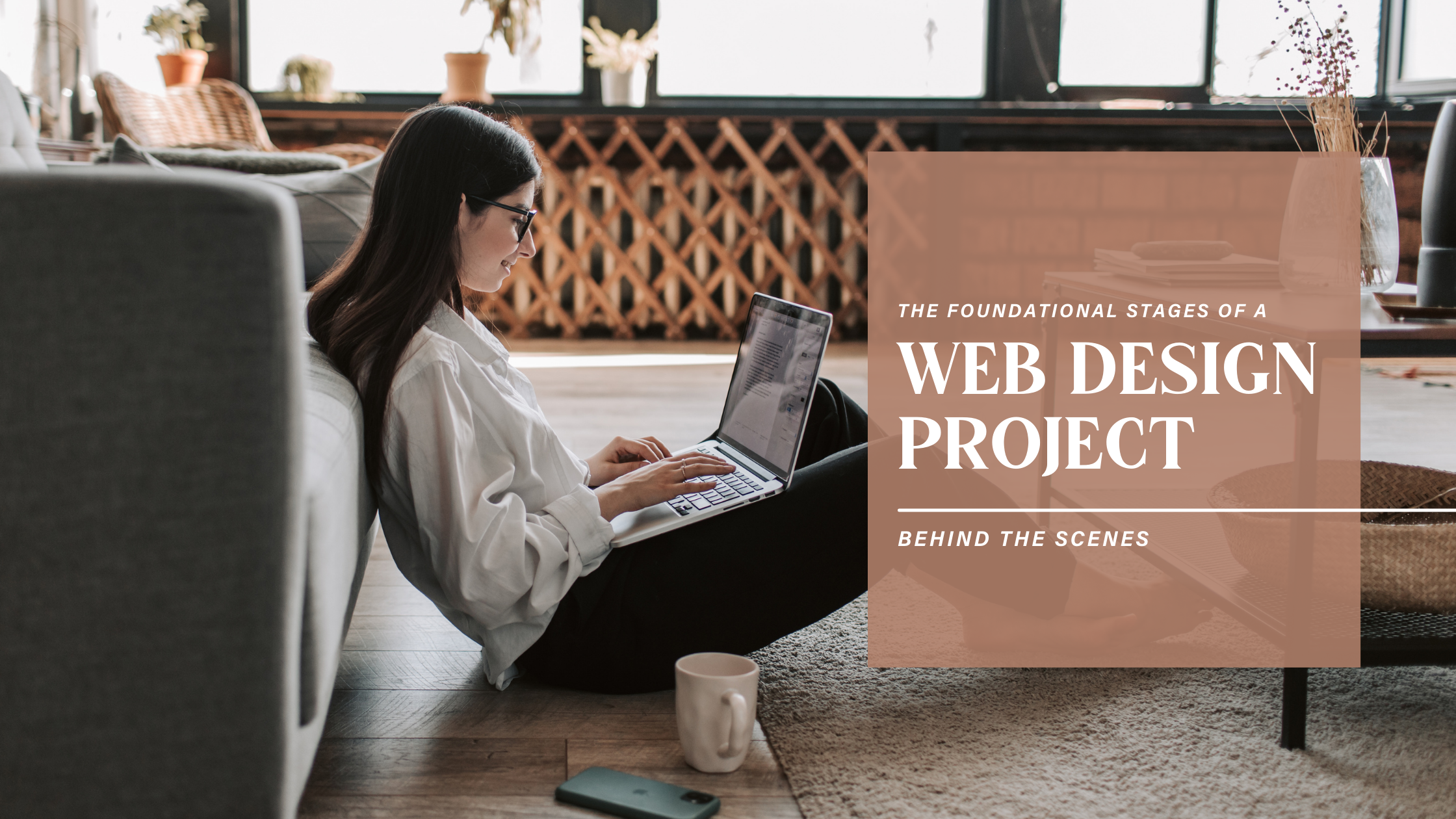Behind the Scenes: The Foundational Stages of a Web Design Project
As a seasoned web and graphic design studio with over a decade of experience, we have had the privilege of crafting digital experiences for many clients. From startups aiming to make their mark to established businesses seeking a digital facelift, every project has taught me valuable lessons about the art and science of web design. Today, we want to share with you the foundational stages of the web design process – a roadmap to excellence that ensures a beautiful end product and strengthens your relationship with clients.
1. Discovery and Strategy: Laying the Foundation
Every successful web design project begins with thoroughly understanding the client's goals, target audience, and unique value proposition. This discovery phase involves comprehensive discussions, research, and analysis. It's the time to ask the right questions:
What is the purpose of the website? Is it to inform, sell, entertain, or all of the above?
Who is the target audience? What are their preferences, behaviors, and needs?
How does the website align with the client's overall business strategy?
The outcome of this stage is a detailed project brief that outlines the project's objectives, scope, and key performance indicators. This document serves as a reference point throughout the project, ensuring the designer and the client are on the same page.
2. Design and Prototyping: Creating Visual Magic
Now that we have a clear understanding of the project's goals, it's time to get creative! This phase involves designing the website's layout, user interface, and overall visual identity. We start with wireframes and prototypes to visualize the website's structure and functionality before diving into the finer details.
We collaborate closely with clients, seeking their input and feedback at every step. The goal is to align the design with their brand identity while creating an intuitive, user-friendly experience. Balance aesthetics with usability, and ensure the design is responsive, catering to various devices and screen sizes.
3. Development: Breathing Life into the Design
Once the design is approved, it's time for the development phase. This is where you turn those stunning visuals into a fully functional website. Choose the right technology stack based on the project's requirements, ensuring optimal performance, security, and scalability.
Stay organized with version control systems, and follow best practices for coding to ensure a clean, maintainable codebase. Test rigorously across different browsers and devices, resolving any bugs or glitches along the way. Pay special attention to loading times and user experience, as these factors directly impact user retention and conversions.
4. Testing and Quality Assurance: Perfecting the Experience
A flawless web design is the result of rigorous testing and quality assurance. Before launching the website:
Conduct comprehensive testing to ensure it functions as intended.
Test for functionality, responsiveness, performance, and compatibility.
Verify that all links work, forms function properly, and content is displayed correctly.
Engage in user testing, seeking feedback from a diverse group of users to uncover any usability issues. Address their concerns and make necessary adjustments. Pay attention to SEO best practices, ensuring the website is optimized for all search engines.
5. Launch and Deployment: Sharing Your Masterpiece
Congratulations! Your masterpiece is ready to be unveiled. We then coordinate with the client to choose the optimal launch time and handle all technical aspects of deployment. This includes domain registration, hosting setup, and transferring files to the live server. After the launch, we will monitor the website closely for any post-launch issues. Address them promptly to ensure a seamless user experience and to maintain the client's trust.
6. Maintenance and Support: Nurturing Long-Term Relationships
The web design process continues even after the launch of the website. We offer ongoing maintenance and support to keep the website running smoothly. Update content, monitor performance, and address any emerging issues. Regularly review the website's analytics and gather user feedback to identify opportunities for improvement.
By providing excellent post-launch support, we hope to solidify our relationship with the client and position our studio as a trusted partner for their digital needs.
In conclusion, the web design process is a journey that requires a balance of creativity, technical expertise, and effective communication.


